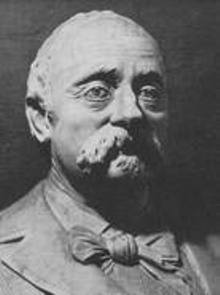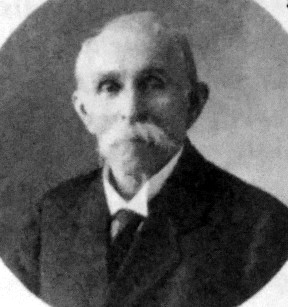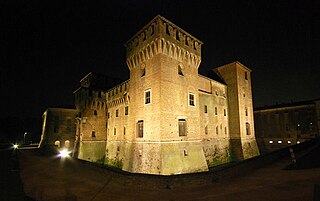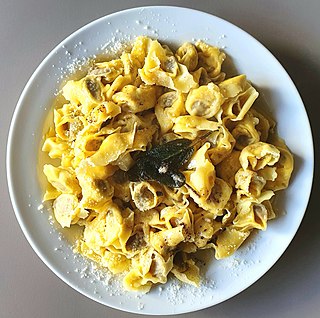Related Research Articles

Mantua is a city and comune in Lombardy, Italy, and capital of the province of the same name.

Cesare Cantù was an Italian historian.

Francesco de Sanctis was a leading Italian literary critic and scholar of Italian language and literature during the 19th century.

Goito is a comune with a population of 10,005 in the Province of Mantua in Lombardy. Goito is 20 kilometres (12 mi) north of Mantua on the road leading to Brescia and Lake Garda, and straddles the old east–west Via Postumia between Cremona and Verona. The town is on the right bank of the Mincio River at a key crossing. The birthplace of Sordello, Goito is part of the historic region known as Alto Mantovano and was the site of a notable fortress.

Volta Mantovana is a comune (municipality) in the Province of Mantua in the Italian region Lombardy, located about 120 kilometres (75 mi) east of Milan and about 20 kilometres (12 mi) northwest of Mantua.

The Diocese of Mantua is a Latin Church ecclesiastical territory or diocese of the Catholic Church in Italy. The diocese existed at the beginning of the 8th century, though the earliest attested bishop is Laiulfus (827). It has been a suffragan of the Archdiocese of Milan since 1819.

Isabella Clara of Austria was a Duchess consort of Mantua, Montferrat, Nevers, Mayenne and Rethel by marriage to Charles II, Duke of Mantua and Montferrat.

Paride Suzzara Verdi was an Italian patriot, journalist and politician.

Giovanni Corti was an Italian priest who became Bishop of Mantua. He supported the cause of Italian reunification at a time when his diocese was under Austrian rule, although he defended the temporal powers of the Pope.

Pietro Maria Rocca was an Italian historian.
The following is a timeline of the history of the city of Mantua in the Lombardy region of Italy.
Giorgio Andreasi (1467–1549) was a Roman Catholic prelate who served as Bishop of Reggio Emilia (1544–1549), Apostolic Nuncio to Venice (1540–1542), and Bishop of Chiusi (1538–1544).

The Castello di San Giorgio is part of the Ducal palace of Mantua. It is a moated rectangular castle, each of which's four corners has a large tower and the moat is crossed by three drawbridges.

The Accademia Nazionale Virgiliana di Scienze Lettere ed Arti is an Italian scientific institution.
Gioacchino Di Marzo was an Italian art historian, librarian and Jesuit. He was librarian to the Comunale di Palermo as well as a historiographer and one of the founders of modern Sicilian art history.
Simonetta Bernardi was an Italian historian and academic. She taught at the Sapienza University of Rome and at Roma Tre University.

Agnolini are a type of stuffed egg pasta originating from the province of Mantua and are oftentimes eaten in soup or broth.

Mantuan cuisine is the set of traditional dishes of the Italian province of Mantua, some of which date back to the time of the Gonzaga.
The Battle of Volta Mantovana was fought on the 15th of October 1080 between troops raised by the schismatic bishops of Lombardy loyal to the emperor Henry IV and to anti-pope Guibert of Ravenna against forces commanded by Matilda of Tuscany. Margravine Matilda was defeated and the pro-Imperial forces gained the upper hand.
The Salt War was a brief war between Venice and Padua over salt works in 1304. Venice was victorious and its salt monopoly was confirmed.
References
- ↑ Dizionario biografico universale, Volume 5, by Felice Scifoni, Publisher Davide Passagli, Florence (1849); page 654-655.